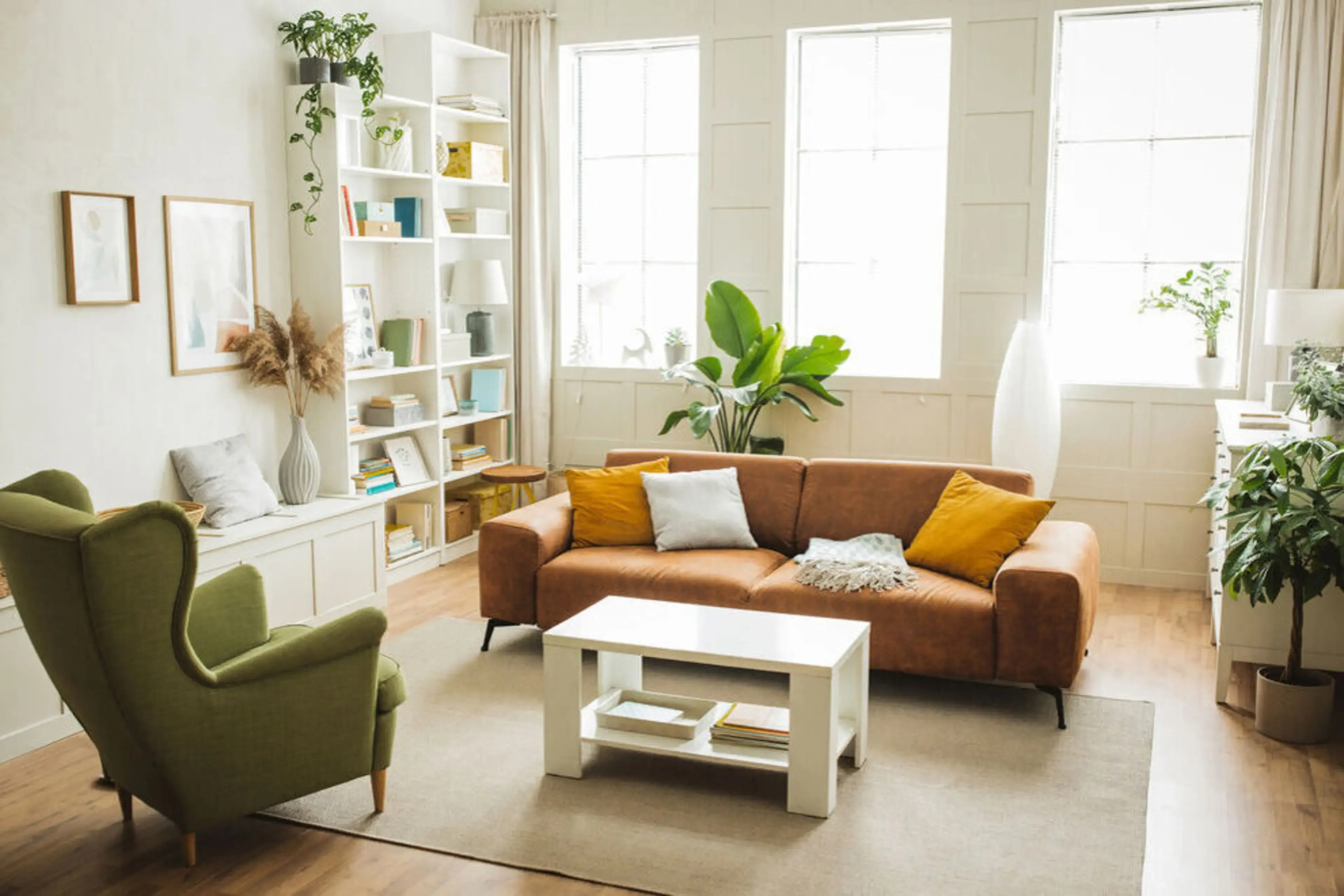

Transform your living space into a stylish and inviting sanctuary with these budget-friendly home decor ideas that anyone can implement. Let’s learn more about this topic below with Dinosaur Game as we explore creative ways to refresh your home’s aesthetic appeal without breaking the bank.
One of the most impactful ways to transform any room is through creative wall treatments. Instead of traditional paint, consider using removable wallpaper, which offers endless pattern possibilities and is perfect for renters. Another trending option is creating an accent wall using wood paneling or shiplap, which adds texture and visual interest to your space. For a more artistic approach, try your hand at color blocking or geometric patterns using painter’s tape and complementary paint colors.
Gallery walls remain a timeless choice for personalizing your space. Mix and match different frame sizes and styles, incorporating family photos, artwork, and meaningful memorabilia. The key is to maintain a cohesive look by choosing frames that complement each other, even if they’re not identical. Consider leaving about 2-3 inches between frames for a balanced appearance.
Read more: Hosting Guests? Here’s How to Prep Like a Pro
Lighting plays a crucial role in setting the mood of any room. Layer your lighting by combining ambient, task, and accent lighting. Start with overhead fixtures for general illumination, then add table lamps or floor lamps for specific activities. String lights or LED strips can create a cozy atmosphere while highlighting architectural features or artwork.
Consider replacing traditional bulbs with smart LED options that can be controlled via smartphone apps. These allow you to adjust brightness and color temperature throughout the day, creating different atmospheres for various activities. Position mirrors strategically to reflect natural light and make spaces appear larger.
Refreshing your textiles is one of the easiest ways to transform a room’s appearance. Start with throw pillows in various textures and patterns that complement your color scheme. Layer different sized pillows on sofas and beds for a designer look. Add cozy throws in contrasting materials like chunky knits or soft fleece to create visual interest and provide practical comfort.
Don’t forget about window treatments. Consider layering sheer curtains with heavier drapes for flexibility in light control and privacy. Choose curtains that extend from ceiling to floor to create the illusion of higher ceilings and larger windows. Area rugs can define spaces in open-concept rooms and add warmth to hard flooring.
Incorporating plants into your decor brings life and natural beauty to any space. Choose low-maintenance options like snake plants, pothos, or ZZ plants if you’re new to plant care. Arrange plants at varying heights using plant stands, hanging planters, or wall-mounted holders. Mix different leaf shapes and sizes for visual interest.
Consider creating a living wall or grouping plants together to create an indoor garden effect. Use decorative pots and planters that complement your room’s style while ensuring proper drainage to protect your surfaces. For spaces with limited natural light, high-quality artificial plants can provide the same aesthetic benefits.
Sometimes, transforming a room is as simple as rearranging existing furniture. Create conversation areas by positioning seating to face each other rather than the TV. Ensure there’s clear traffic flow through the room by leaving adequate walking space between pieces. Pull furniture away from walls to create a more intimate setting and make rooms feel larger.
Consider multi-functional furniture pieces that offer storage solutions or can serve different purposes. Ottoman coffee tables with storage, fold-down desks, or expandable dining tables can maximize space efficiency while maintaining style.
Stylish storage solutions can enhance both function and aesthetics. Use attractive baskets, boxes, and containers to organize items while adding decorative elements. Consider floating shelves for displaying collections or creating functional wall art. Choose storage furniture that doubles as decor, such as vintage trunks or decorative cabinets.
Label-free storage containers in coordinating colors or materials create a cohesive look while maintaining organization. Use trays and decorative bowls to corral small items on coffee tables or countertops, creating intentional groupings rather than clutter.
Develop a cohesive color scheme that flows throughout your space. Start with a neutral base and add two or three accent colors that you can repeat in different ways. Use the 60-30-10 rule: 60% dominant color, 30% secondary color, and 10% accent color. This creates visual balance while maintaining interest.
Incorporate your chosen colors through artwork, textiles, and accessories. Don’t forget about metal finishes – mixing metals is acceptable when done intentionally. Consider using color psychology to create the desired mood in each room.
Master the art of accessory styling by creating vignettes throughout your space. Group items in odd numbers, varying heights and textures. Use books as risers to create different levels when displaying objects. Rotate accessories seasonally to keep your space feeling fresh and current.
Consider the rule of three when styling surfaces: combine something tall, something medium, and something low. Include items with personal meaning alongside purely decorative pieces to create spaces that tell your story.
Strategically placed mirrors can transform a room by reflecting light and creating the illusion of more space. Position large mirrors opposite windows to maximize natural light. Use groups of smaller mirrors as wall art, or try unconventional shapes to add visual interest.
Consider mirrored furniture pieces or cabinet fronts to add glamour while helping spaces feel more open. Be mindful of what the mirrors will reflect – aim to capture pleasant views and avoid reflecting clutter or unsightly areas.
Read more: Home Essentials Every First-Time Homeowner Should Have
Keep your space feeling fresh by incorporating seasonal changes. Switch out throw pillows, blankets, and artwork to reflect the current season. Use natural elements like branches, flowers, or seasonal produce as centerpieces. These small changes can have a big impact on the overall feel of your space.
Create a storage system for seasonal decor to make transitions easier. Focus on items that can be easily swapped out without major renovation or expense. Consider creating a neutral base that allows for seasonal color additions through accessories.
Transforming your living space doesn’t require a complete overhaul or significant investment. By implementing these ten easy decor ideas thoughtfully and gradually, you can create a home that reflects your style while remaining functional and inviting. Remember that the best interior design evolves over time, so don’t feel pressured to make all changes at once. Start with one area or idea that resonates most with you, and build from there to create your perfect space.